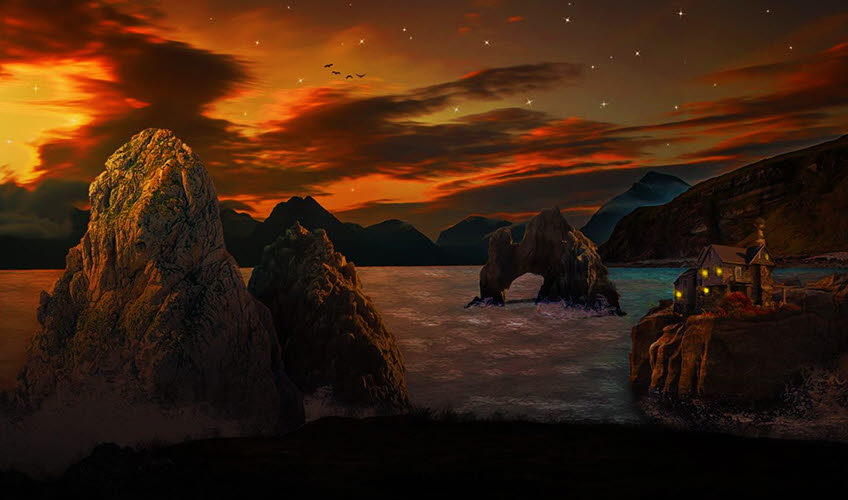
Licence agreement
Make sure you have the rights to all the material used in your game when it is time to launch it.
It is common for games developers to borrow images, sound or typography from others when they are developing a prototype. If you have borrowed anything, make sure you remove it when you launch the game.
It is important that you consider intellectual property rights throughout the entire production process for your game. If you don’t, using someone else’s material for which you do not have the rights could prove expensive.
If you still want to use someone else’s copyright or trademark in your game, you can handle this via a licence agreement. This is an agreement concerning an intangible asset and how it can be used.
Things to consider before you sign a licence agreement:
- Identify the rights that exist. Has the person or party you want to collaborate with, or the person or party whose trademark you want to use in your game, registered their rights? Even if they have not done so, it still does not mean that you will have free rein. The trademark can be established, i.e. known amongst the potential target group.
- Who owns the rights? If the trademark is registered, the owner will be listed in the trademark register. It is important to enter into an agreement with the party that actually owns the rights.
- Agreements can also be good even if no registration has been carried out.
For more information, see: the difference between inspiration and exploitation and copyright.

